
The History Of The Mil Polleras Or Thousand Skirts Parade, In Panama Is Tied To The Spanish Conquest And The Traditional Panamanian Dress, The Pollera
-
Spanish colonial dress
The pollera originated from peasant dress in southern Spain and was enforced on indigenous populations in the Andes during the 16th and 17th centuries.
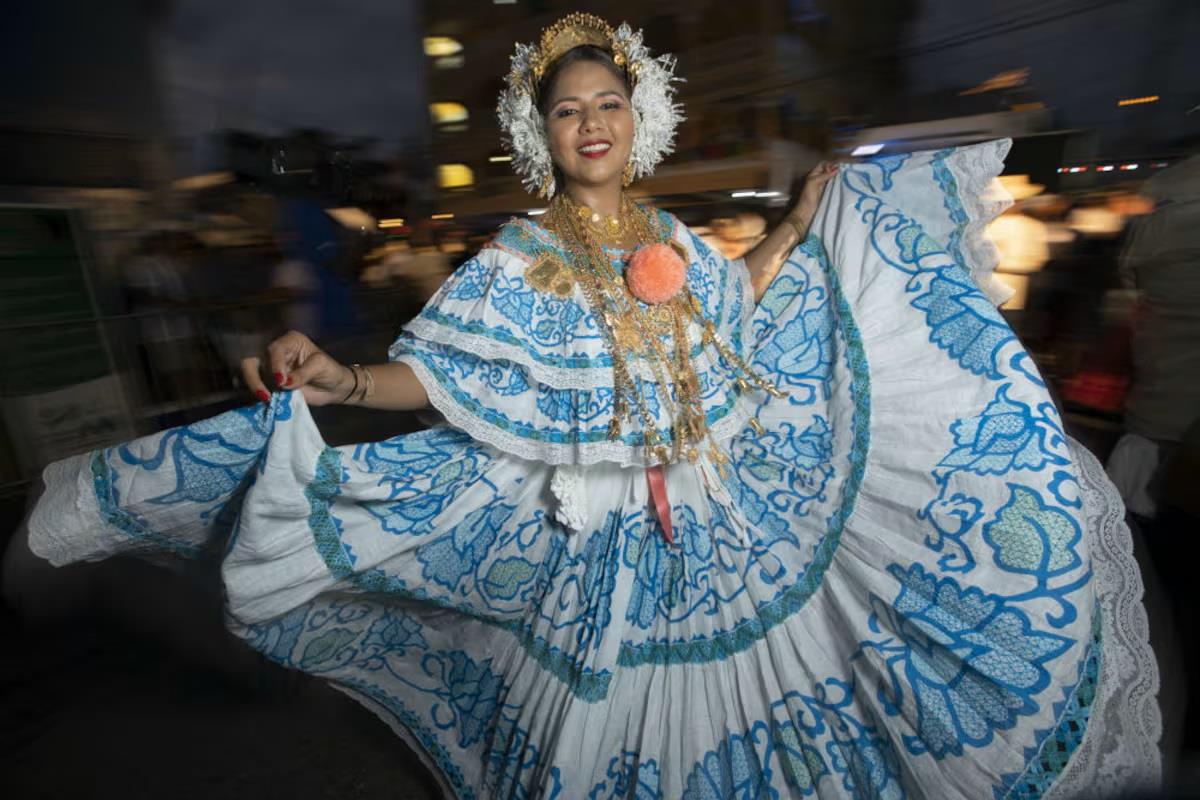
-
National pride
The pollera is a symbol of Panamanian national pride and is worn for many occasions, including festivals, carnivals, and rural events.
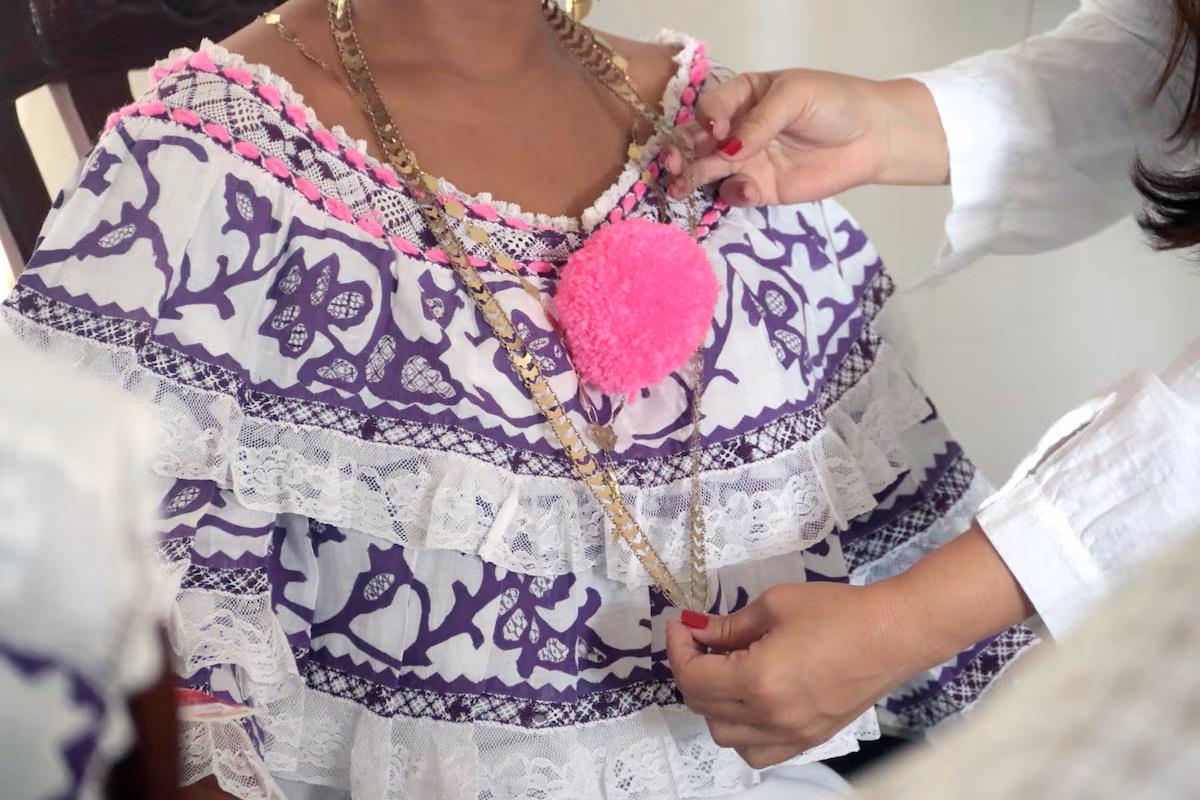
-
The parade
The Desfile de las Mil Polleras is a colorful parade that takes place annually on the second Saturday of January in Las Tablas, Los Santos.
The parade honors the artisans who make the Polleras and celebrates Panamanian culture.
The parade also showcases the traditions and customs of the Azuero region.
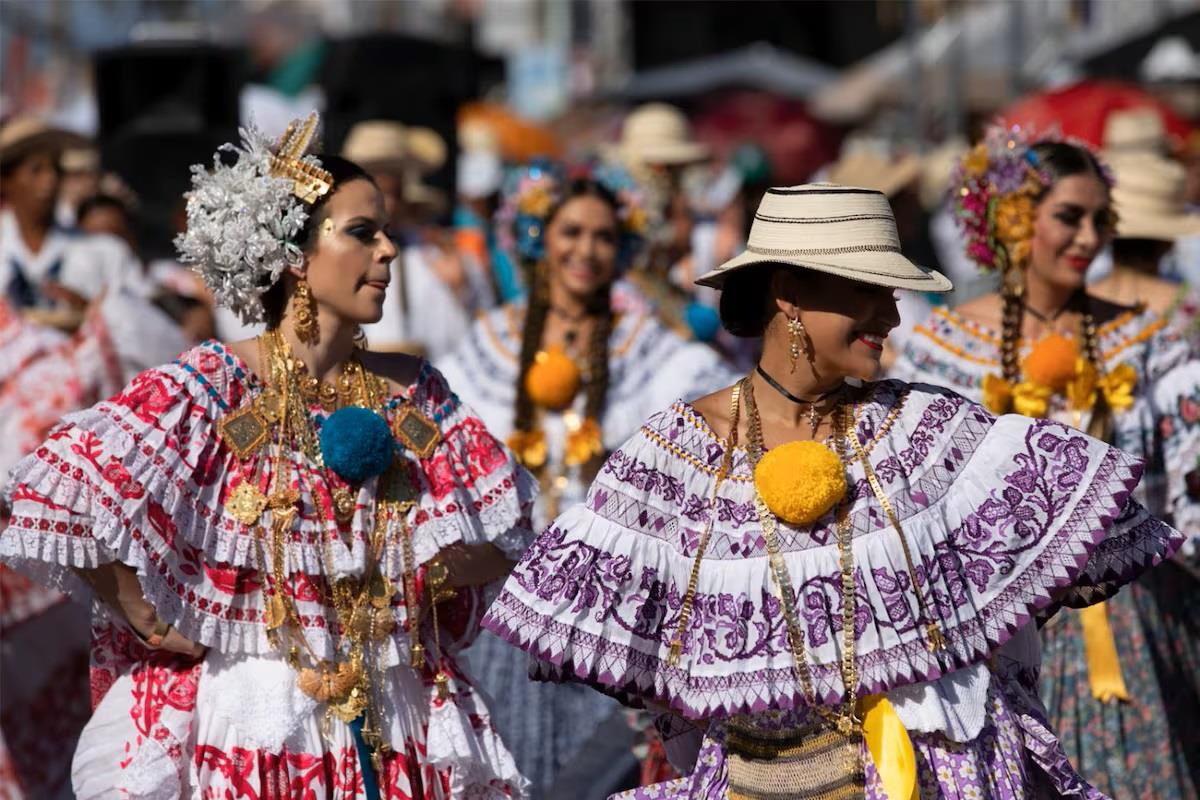
Las Tablas' name comes from the Latin word, tabula, which refers to the material used to build the first houses in the town.
Las Tablas
was founded on July 19, 1671, by a group of residents who lived in Panama Viejo and fled before the looting of the pirate Henry Morgan. Legends say that a strong wind pushed the ship towards the coast of what is now the province of Los Santos.
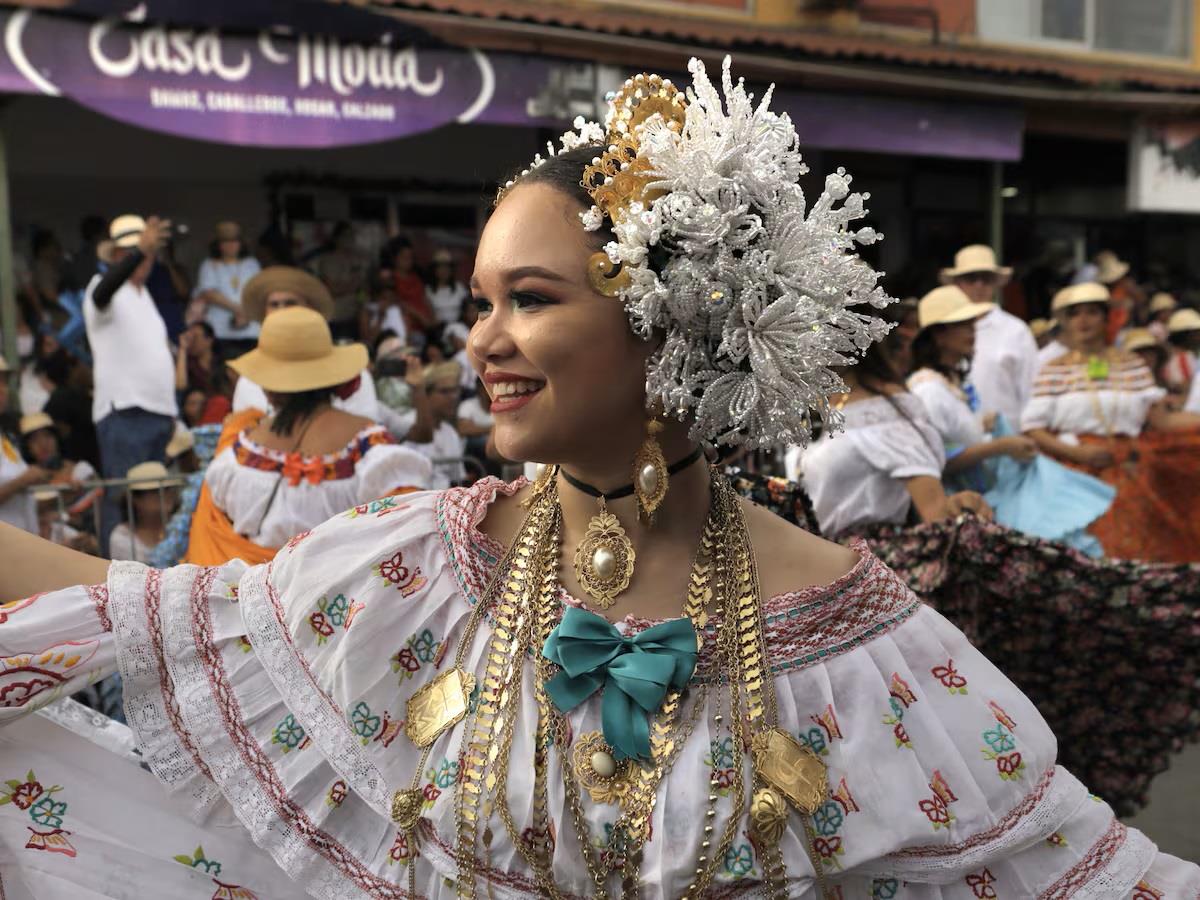
The province of Los Santos is considered the cradle of one of the greatest expressions of Panamanian folklore, in the Azuero peninsula. Places like Guararé, Santo Domingo, La Palma, San José, among others, are recognized for their laborious work in making the typical national costume, the skirt.
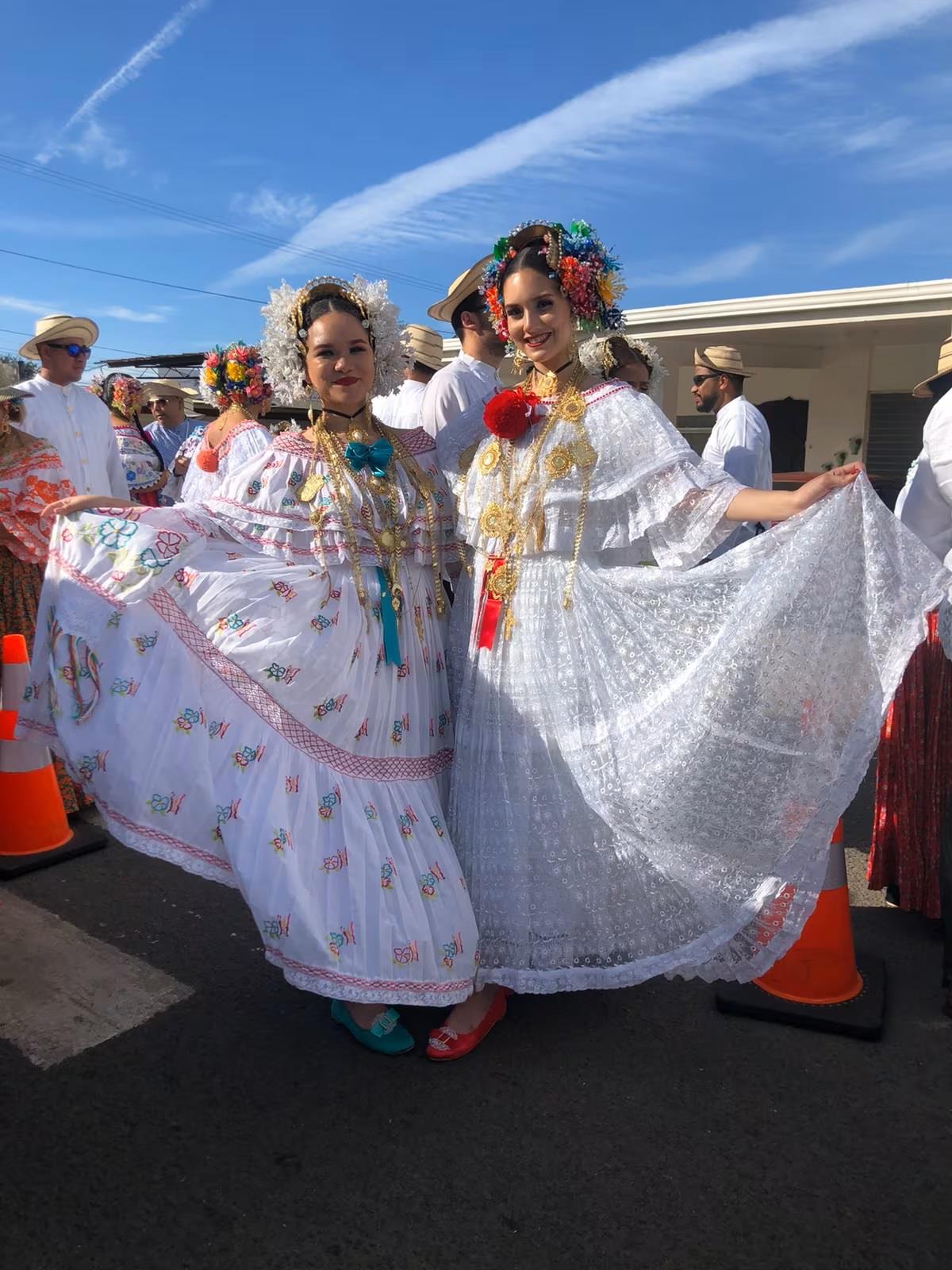
Camisillas, painted hats, cutarras, and traditional footwear are also made with very high quality. The making of jewelry and accessories that accompany the skirt has become the domain of a small group of seniors who dedicate themselves to this work.
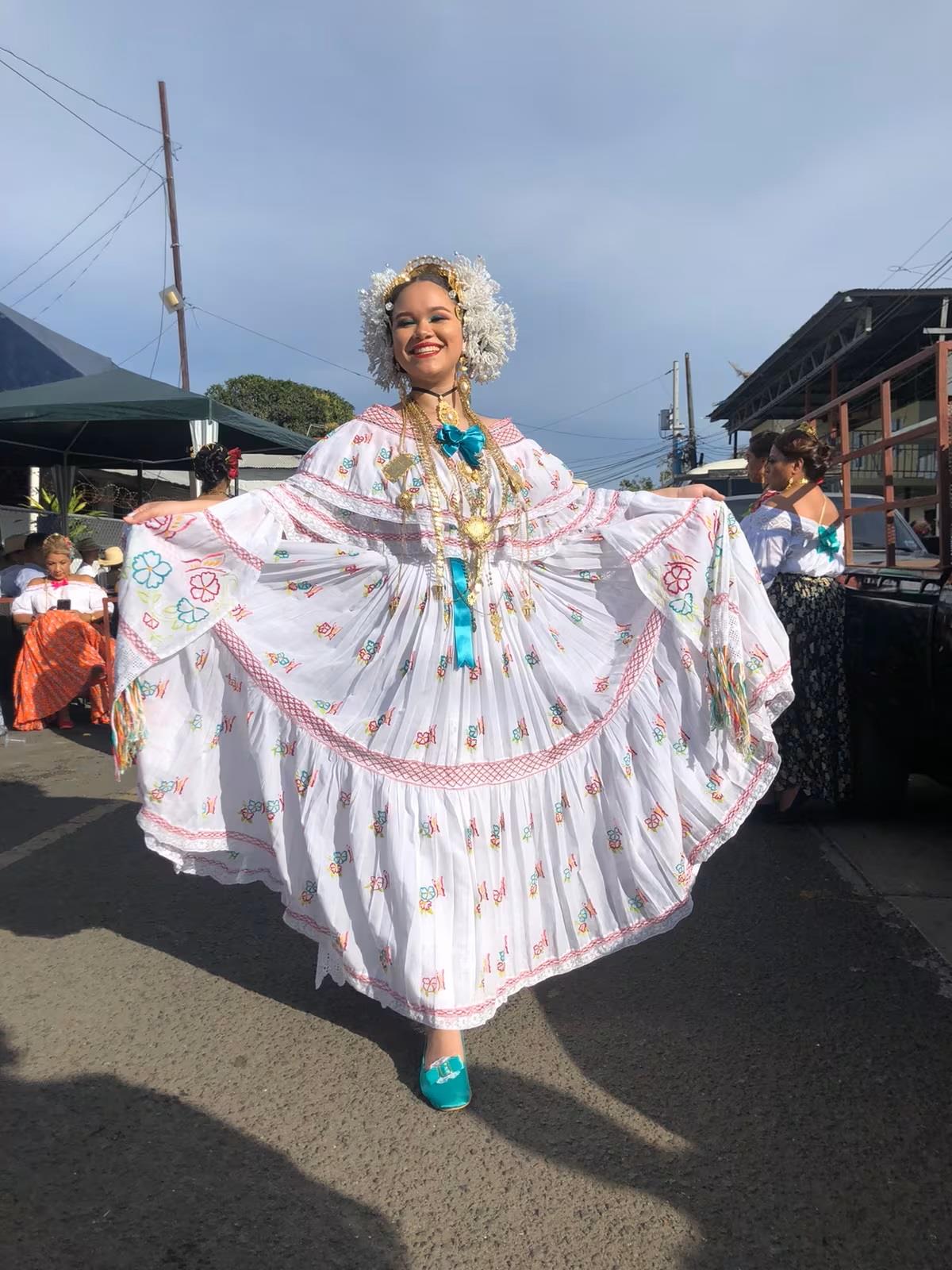
The Las Tablas district is famous for being the cradle and guardian of various rhythms of vernacular music and its categories. Some are: The Panamanian cumbia, the tamborito, religious songs, the saloma, the tenth, the murga, old verses, coplas and other musical genres.
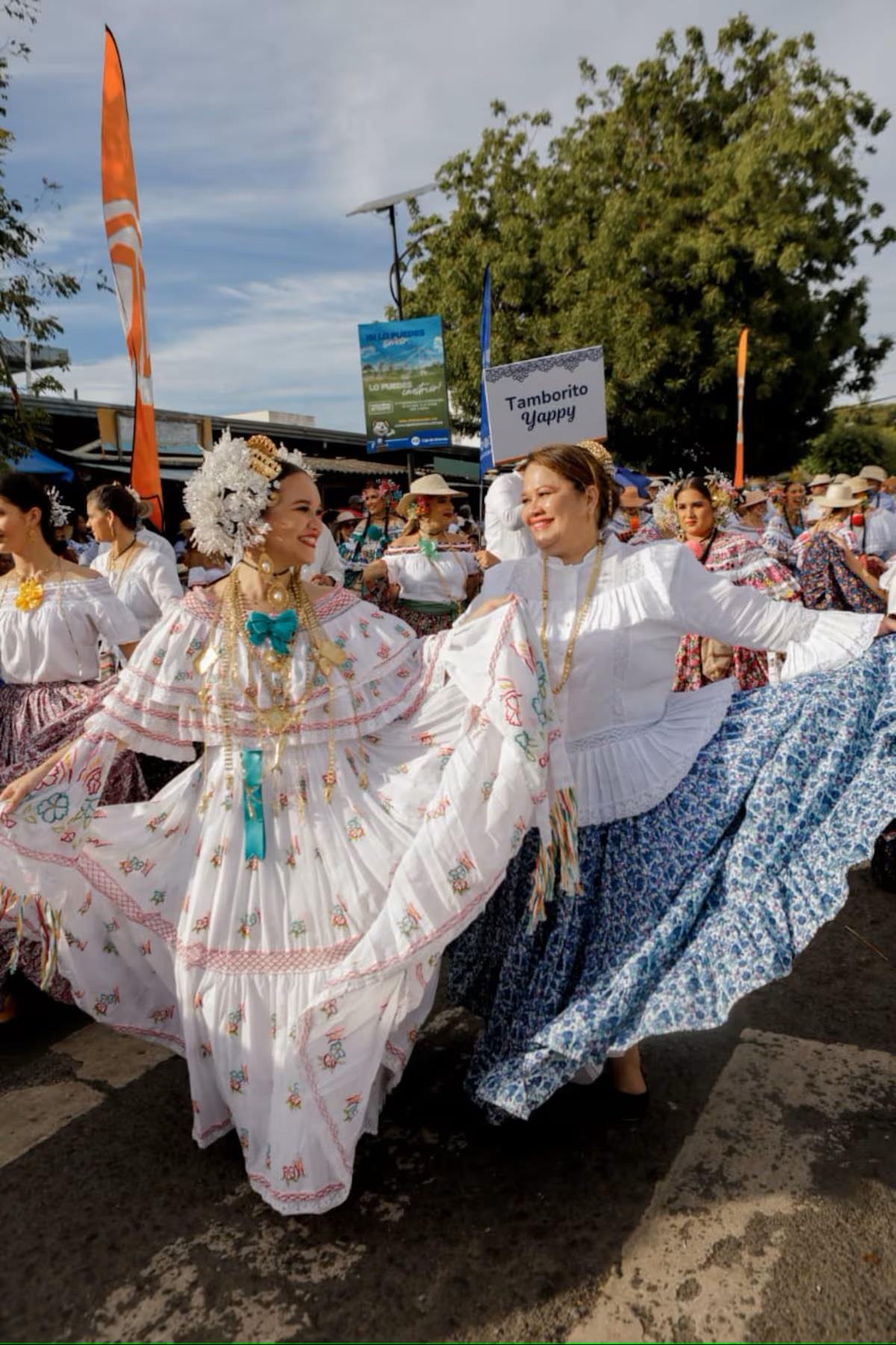
The City of Las Tablas presents, through its crafts and the work of making skirts by local residents, a city rich in Panamanian traditions and culture.
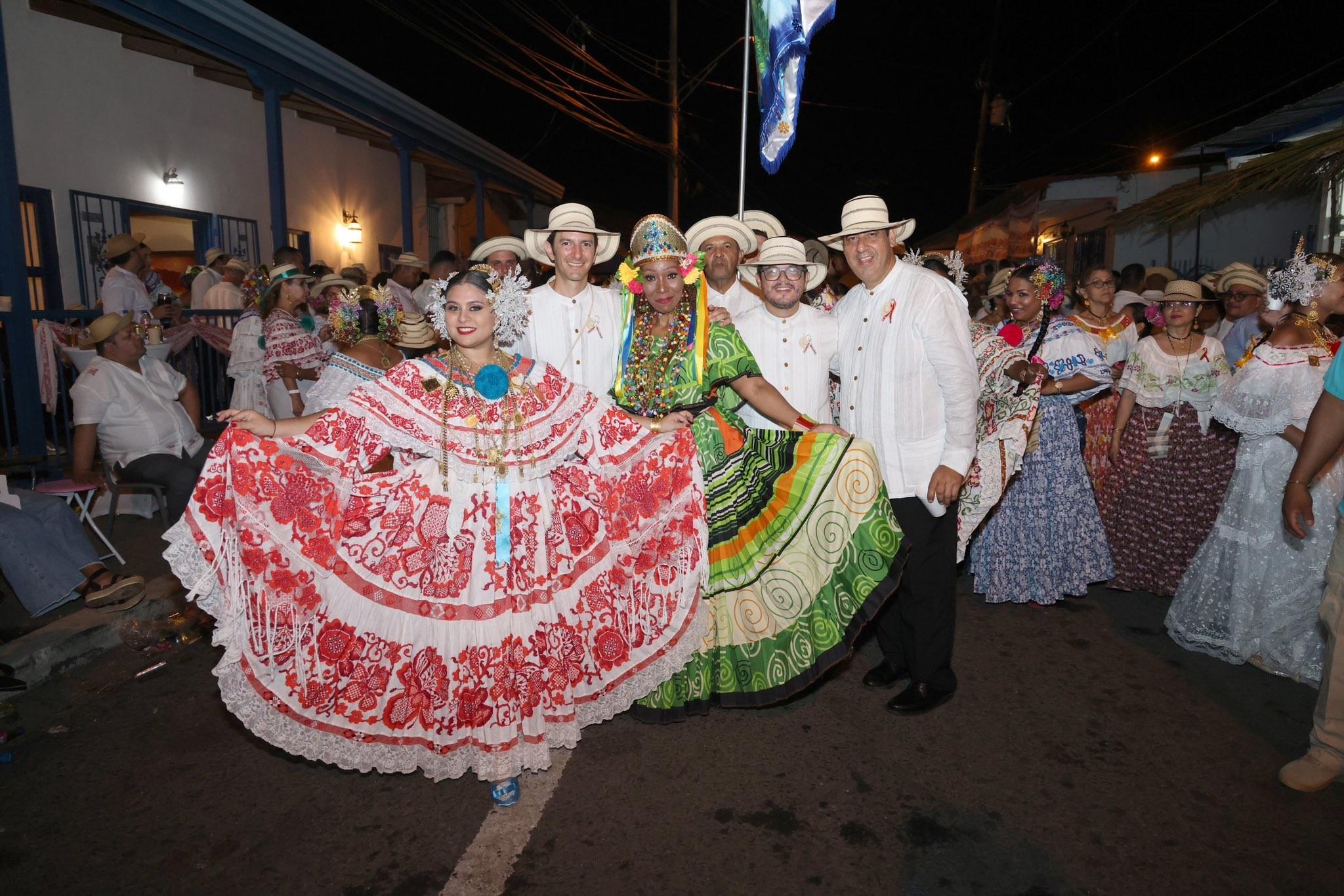
In this district, the skirt is made, the National Costume of Panama made 100% by hand, with floral designs that are made using marking techniques (Cross Stitch, Darning and Shading (superimposition of fabrics).
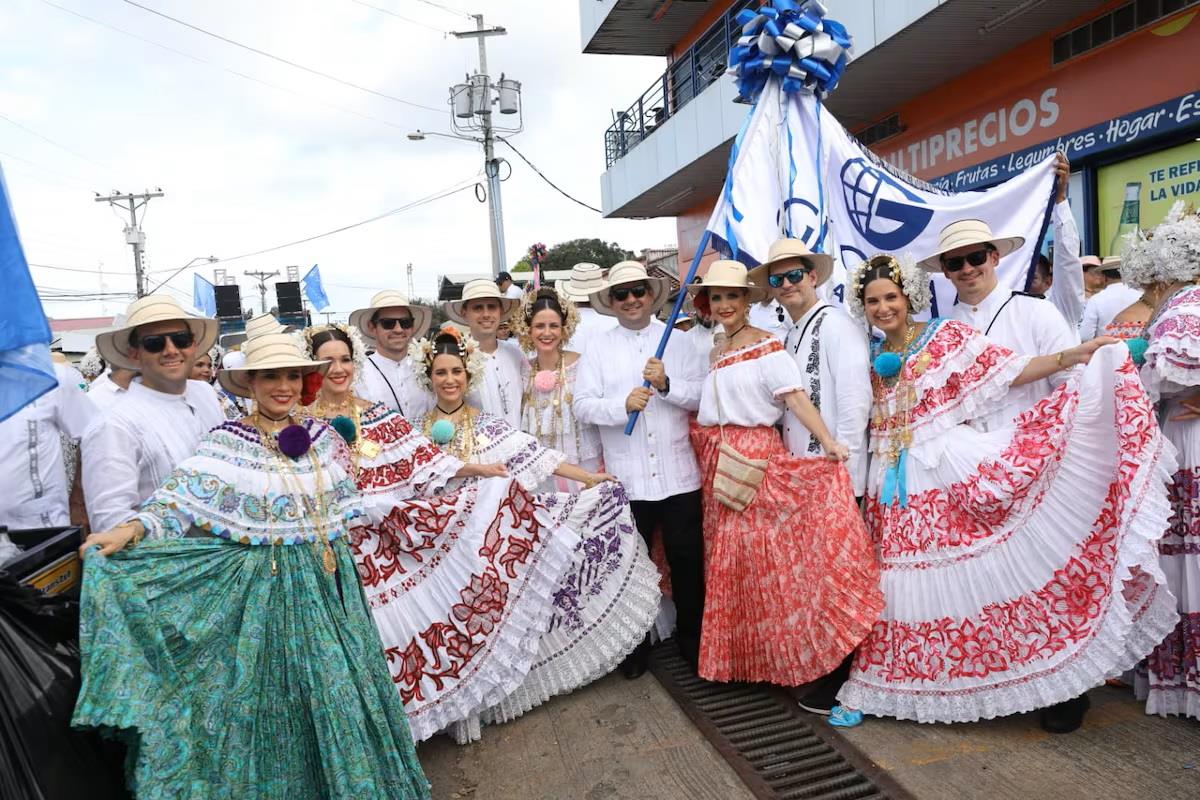
In the
District of Las Tablas, there are famous gold and silver workshops. The artisans are dedicated to making jewelry with typical designs of the region, becoming a family tradition that dates back several centuries. In the corregimiento of La Palma, skilled“Plateros” have reached artistic fame.
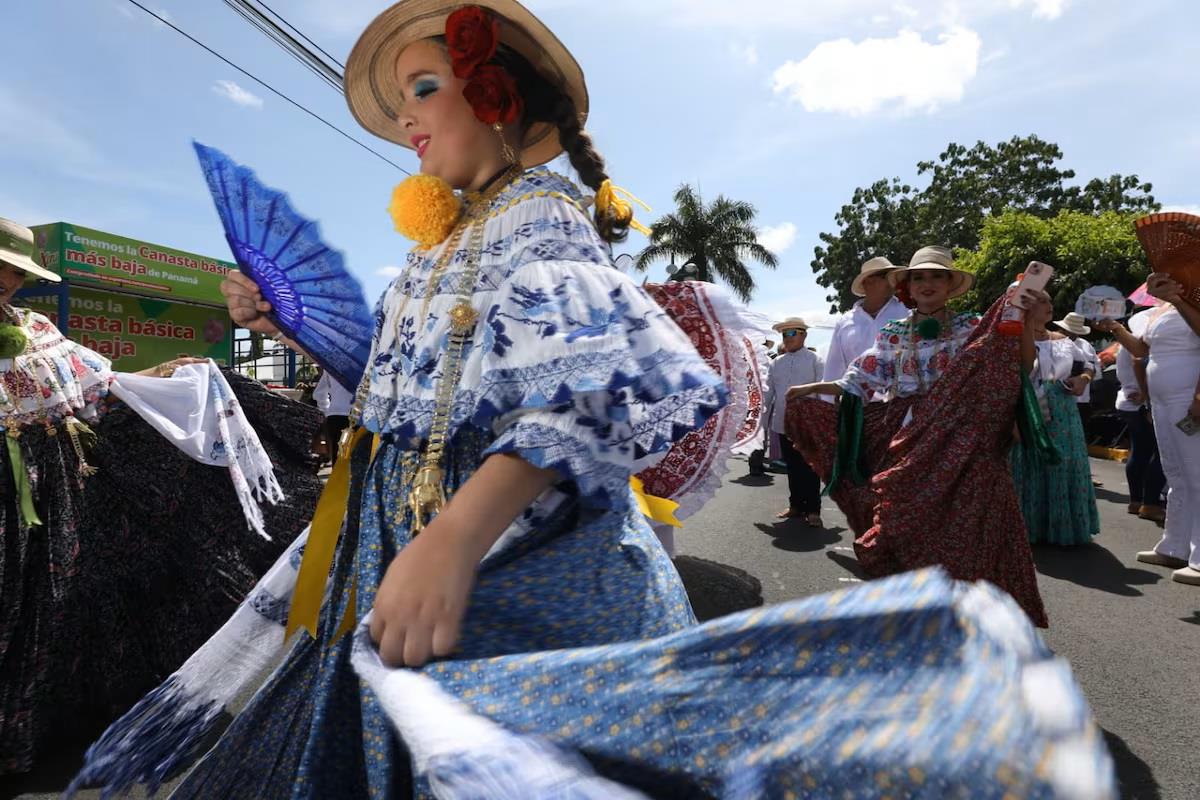
A Parade filled with Color and Heritage
“The Parade of the Thousand Skirts is one of the most anticipated events of the year for nationals and foreigners, where the cultural identity of Panamanians is highlighted,” said the general administrator of the Panama Tourism Authority (ATP), Iván Eskildsen.
The celebration is inspired by Panama's Sustainable Tourism Master Plan, which prioritizes the conservation of living traditions and cultural heritage of Panama.
History of the Panamanian Skirt (Pollera)
“There is no doubt that the Panamanian skirt is on the list of the most attractive traditional costumes in the world and the evidence of this is in the number of awards and recognition it has won abroad over the years.”
The skirt had its beginnings in Spain in the 16th-17th century, being the official dress of Spanish women, especially in regions such as Seville and Andalusia at that time.
With the Spanish colonization, clothing gradually became part of the mestizo, black and indigenous population of Panama. By the 18th century, it was common for the elaborate skirt to be worn by women of the upper class while those of the town wore it with a simpler preparation. When the Spaniards arrived in Panama and found the indigenous women with their torsos uncovered, they put on their shirts to cover them.
The current Panamanian national costume is the result of the combination of different Spanish dresses throughout history, adapted to the tropical climate of Panama, which has led it to experience all kinds of modifications over the years in the main regions of Panama.

Legal Disclaimer:
MENAFN provides the information “as is” without warranty of any kind. We do not accept any responsibility or liability for the accuracy, content, images, videos, licenses, completeness, legality, or reliability of the information contained in this article. If you have any complaints or copyright issues related to this article, kindly contact the provider above.






















Comments
No comment